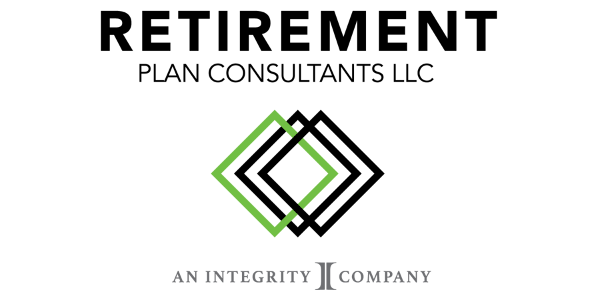January 12, 2021
While tax deductions and exemptions are great, they only reduce your business’s taxable income. Tax credits, on the other hand, reduce the actual amount of tax owed by your business dollar for dollar. Given their strong value, the U.S. government grants businesses certain tax credits to incentivize specific behavior.
Let’s take a closer look at these two tax credit updates from the SECURE Act and how your small business can take steps to claim them once they become available.
Retirement Plans Startup Costs tax credit
Under the old legislation prior to 2021, eligible small businesses could claim 50% of necessary eligible startup costs for a workplace plan up to a maximum of $500 per year, for three years. This adds up to a total of $1,500 in tax credits over the three-year period.
What changes with the SECURE Act?
The maximum tax credit for startup costs increases from $500 to $5,000 per year. The actual dollar amount is the greater of:
- $500, or
- The lesser of:
- $250 multiplied by the number of non-highly compensated employees eligible for the plan
- $5,000
Eligible businesses can still claim the startup cost for three years, so the new maximum total for startup costs credit is $15,000. This major bump in the startup costs credit definitely makes it more affordable for small businesses to set up retirement plans.
How can you claim this tax credit?
If you qualify, you may claim the startup costs tax credit using IRS Form 8881.
You can claim the credit for each of the first three years of the plan and may choose to start claiming the credit in the tax year before the tax year in which the plan becomes effective.
Creation of the Automatic Enrollment tax credit
The SECURE Act proposes a new tax credit in addition to the one for startup costs: the Small Employer Automatic Enrollment Credit. Automatic enrollment in workplace plans is a proven way to increase employee plan participation. The U.S. Department of Labor reports that automatic enrollment plans could reduce the 30% non-participation rate to less than 15%, which would significantly increase overall retirement savings.
What changes with the SECURE Act?
Legislators propose a new tax credit of up to $500 per year to employers to cover startup costs for new section 401(k) plans and SIMPLE IRA plans that specifically include automatic enrollment. This tax credit is on top of the plan startup credit allowed under present law and would be available for three years for a total of $1,500 over the three-year period.
The automatic enrollment tax credit would also be available to small business employers that convert an existing plan to an automatic enrollment design.
How can I learn more about the SECURE Act and savings options for retirement plans?
For a full breakdown of the effects of the SECURE Act on small businesses, review our article on Top 10 Takeaways Advisors Need From The SECURE Act.
Still have questions or would like to learn more about the startup cost and automatic enrollment tax credits for small businesses? Feel free to reach out to Retirement Plan Consultants by clicking here.









